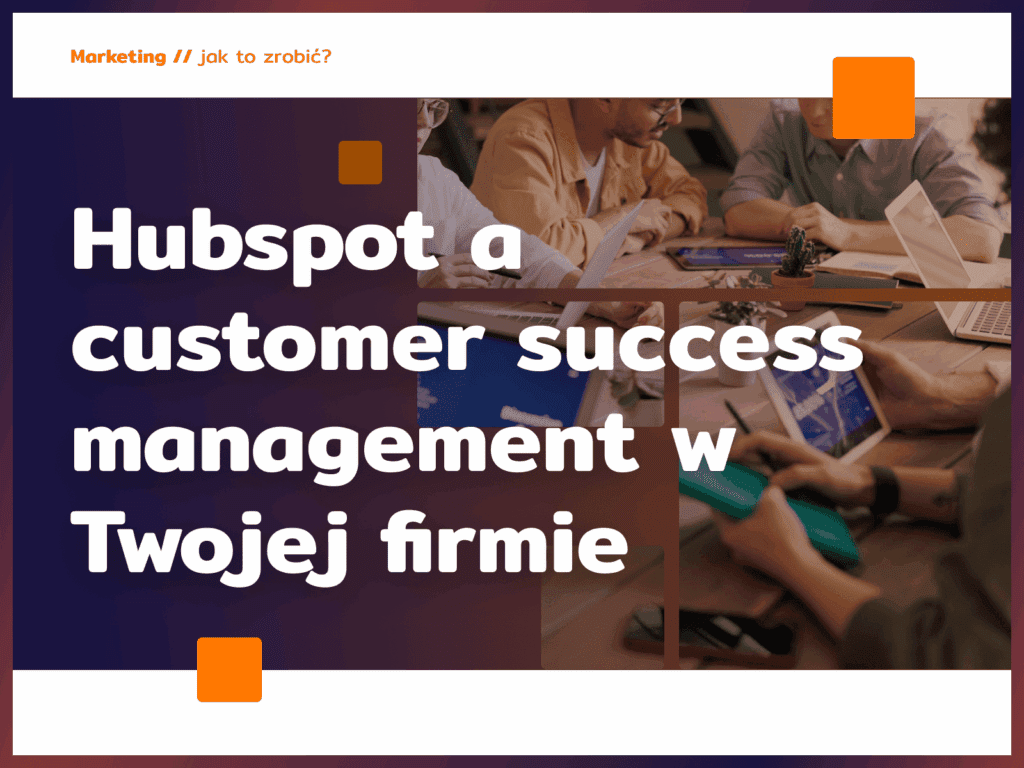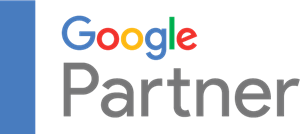Google is already accustomed to changes in Ads – not long ago we said goodbye to enhanced text ads, and now it’s time for smart product campaigns, which are being replaced by Performance Max campaigns. Is this a change for the better? See how to prepare for it.
The stage of smart product campaigns is coming to an end
Transforming smart product campaigns into Performance Max began in July and is now nearing completion. Starting in April, advertisers can switch to the new solution on their own. It is possible to convert all campaigns at once or only selected ones.
Bądź na bieżąco ze zmianami w Google Ads!
Zapisz się do newslettera
How do you turn a smart product campaign into Performance Max?
On Performance Max you can go through Notifications, Campaigns or Recommendations, but I recommend the former, the easiest way. Enter Notifications, where Google announces the possibility of turning smart product campaigns into Performance Max. Once the notification opens, just click Apply and confirm your decision in the window.
Even if you haven’t decided to convert, you can’t avoid the changes. From July to September, Google does this automatically, so if your product campaign hasn’t changed yet, it will certainly happen by early 2023. Delays can occur especially if you use an external partner for Ads.
Once converted to Performance Max, the smart campaign will be deleted, so you won’t be able to modify or restart it, but you can view historical data. If you have smart campaigns on hold, they will also be updated, but will remain on hold.
Performance Max vs smart product campaign – the differences
This is what you should know about Performance Max:
- Rate setting strategy – not only maximizing value, but also the number of conversions (target CPA) is available.
- Languages – language targeting is available, you can include all languages supported in the product file.
- Product groups – the equivalent of product groups are product information groups.
- Resource groups – 3 headlines, 1 long headline, 2 ad texts, final URL, 1 logo, 1 horizontal image, 1-5 videos (if you don’t provide them, Google will create them automatically), 1 square image and company name. Optional display path, tracking template, final URL suffix and final URL for mobile devices are also available.
- Recipient signals – non-excluding recipient targeting settings will be added, as recipient signals.
- Events – Campaign-level events will be transferred to Performance Max.
- Targets – an offline-only sales target is available in Performance Max.
- Statistics – you will have access to audience statistics.
- Schedule ads – you can set a schedule, even if you have only provided a product feed.
In the Google Performance Max created by Google, the resources that your smart campaign had will appear. You have a choice: you can leave the Performance campaign unchanged or introduce audience signals and additional resources.
Gotowy na rozwój?
A handful of tips for Performance Max campaigns
How to extract maximum results from Performance Max? Keep in mind some simple ways to improve campaign performance:
- Audience signals – it is a good idea to indicate the target audience, but remember that this is only a hint to Google, the display of the ad will not be limited to this audience.
- Resource groups – you can divide resources into groups, for example, by brands or product categories.
- Videos – materials automatically created by a campaign usually do not look the best. It is better to use the template from the resource builder and make the video yourself.
Is Performance Max really worse than a Google Ads product campaign? Not necessarily! Performance Max ads display in the ad network, search network, YouTube, Gmail, Google Maps or Discover cards. It is also possible to add exclusions in Performance Max – Take a look at previous tutorials.

















